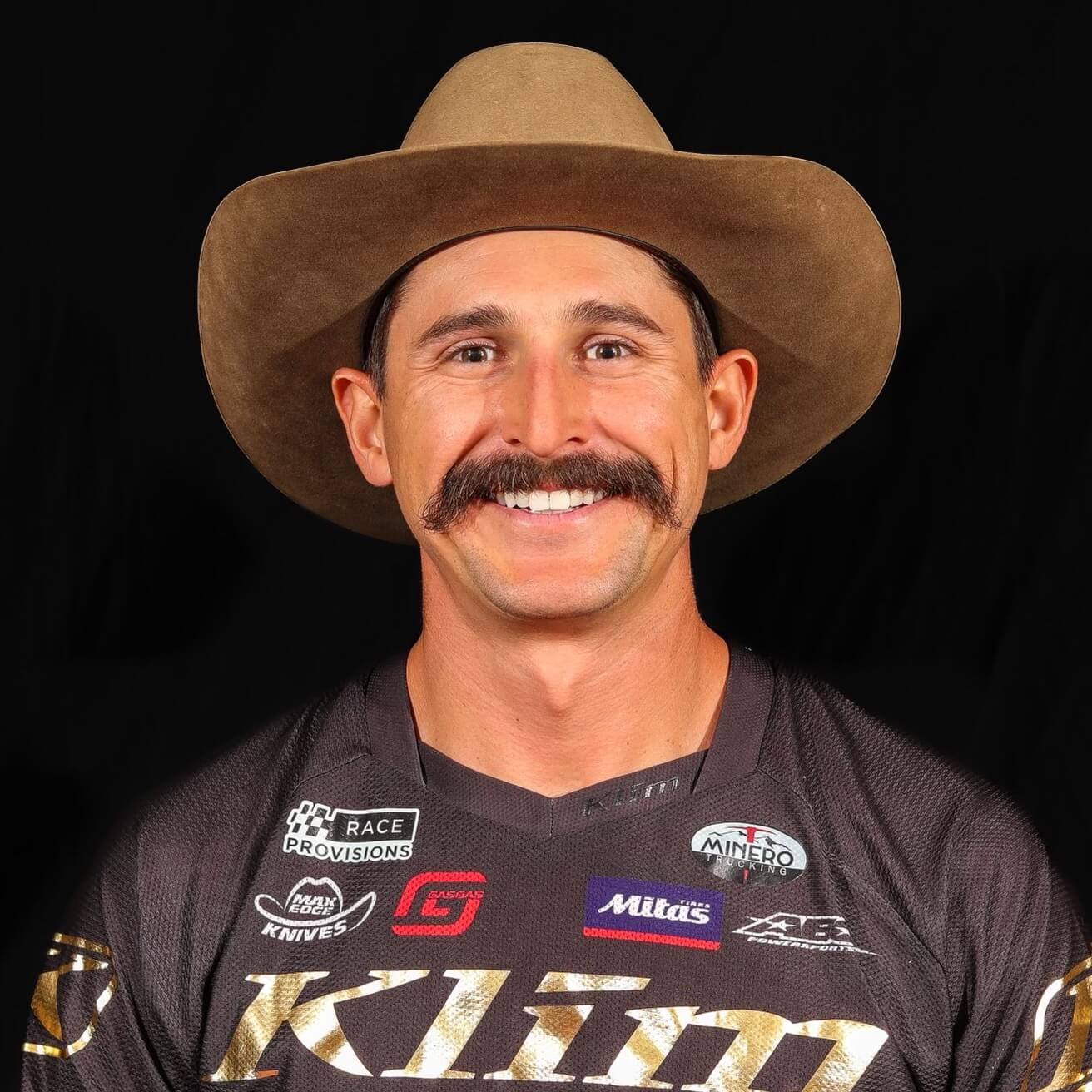Important fundamentals
- Max Gerston

- May 9, 2023
- 4 min read
This article is dedicated to breaking down the key fundamentals needed for you to safely and efficiently advance your own riding journey. Whether you are an experience professional or a beginner, the same fundamentals apply.
Each key fundamental will have bulleted explanations on various perspectives of my understanding of the techniques. I could write an entire article on each fundamental, but I tried to keep it short and informative. Here we go...
Vision Fundamentals
I've found that the most valuable fundamental is the ability to focus and look where you want to go. The same concepts apply for first time riders and the most technically skilled riders on the planet. It is as simple as this, we go where we look, 100%. It's more than that though, it is the conscious decision to hone ones focus exactly where we want. Directing focus where we want to go is what leads the body to commit to the movement and follow through with the line. When done correctly, it feels like I am pulling myself through terrain with my vision.
For me, looking ahead and where I want to go feel like a constant leapfrogging of vision. A few notes...
Leapfrogging - The continual ratcheting forward of the vision is what pulls us through terrain and obstacles.
Time - Looking ahead is also what gives us time to set up for the turn or prepare for obstacles we are headed toward. The goal is to have time to prepare and act, instead of get surprised and react to the challenges ahead.
Balance - The best way to stay balanced is to keep our vision broadcasted out closer or further depending on our current speed. When static balancing, it is still important to have our vision 10-15 feet away so we don't lose touch with our spacial awareness.
Reading terrain - With vision out front, we can now learn to read terrain and see or predict what is coming.
Body position Fundamentals
Proper body position provides an important framework to safely and efficiently advance our riding level and ability. Here are a few notes on a standing attack position.
Feet - Riding from the balls of your feet and and utilizing the ankles/legs to weight and unweight individual foot pegs or both simultaneously to weight the bike perpendicularly to the surface we are on is how you find traction and maneuver the bike. This also gives you the ability to keep the bike balanced and going where you want without relying on steering to keep the bike balanced.
Hips - The knees should be engaged but not bent, and your butt should be back with the chest forward so the torso is leaned over.
Back - No rounded backs. To keep the back safe and the glutes engaged we need to flex the back in a straight position. Stick your butt out!
Elbows - Elbows out and up puts you in a position to maximize your leverage on the handlebars. For corners, dropping the outside elbow will cause us to roll out of the turn, and dropping the inside elbow can cause us to oversteer.
Input control Fundamentals
Managing inputs with precision and control are an integral part of riding the motorcycle. Smooth, disciplined movements of the brakes, throttle and clutch can enhance our balance and overall ability in any terrain. Developing a deep understanding of your engagement points will get you to the next level.
Front Brake - The front brake is probably the most underrated control on the motorcycle. Not only is it responsible for 70% of stopping power, the front brake also plays a key role in bike maneuverability and balance. I often use the front brake to manage the bike through everything from tight turns, to slow balance, to ultra technical riding. Riding on the balls of the feet and forgoing the rear brake all together is something I practice and teach my students regularly. I will even feather (ever so gently) the front brake through rutted corners to keep the front tire planted to the bottommost part of the rut.
Rear Brake - Widely overused and abused, the rear brake begs to be used with discipline. The rear brake is more of a rear tire management tool than actual stopping tool.
Clutch - I often tell my intro to dirt students, the throttle makes the engine go, and the clutch makes the wheel go. I frequently see riders use the clutch as a stop/go switch, but with practice the clutch should be used for power delivery and finding traction. Modern clutches are incredibly durable. I run a Rekluse Torque Drive (although the stock Gas Gas clutch is perfect) and run a clutch all year without replacing.
Throttle - Pairing brake and clutch control with throttle control is when you start to form a dynamic understanding of the motorcycle.
Shifting - Efficiency is key. We want to be able to quickly shift gears without any extra drama.
Closing
Dirt bikes are fun. In my opinion they are the best tools for exploring and seeing new places. I encourage you to continue learning and practicing so you can ride deeper into the backcountry to see more cool shit. The motorcycle alone is useless, and we can only travel so far on foot. It is when we combine the man with the machine that propels us to new areas while having an absolute blast.





Comments